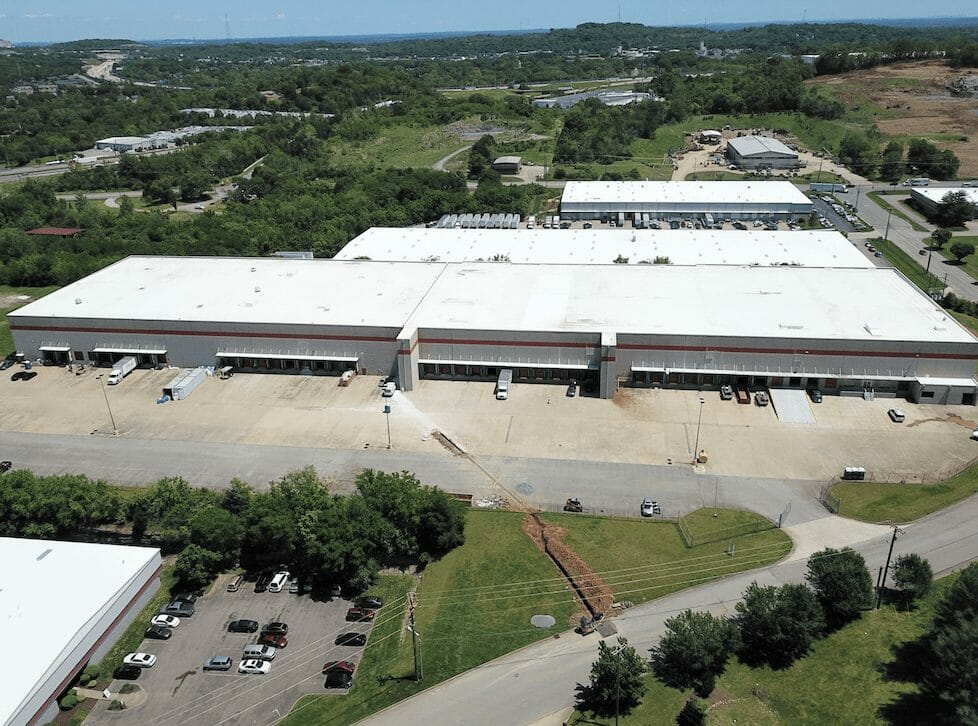The world has changed a lot within the last year, and the industrial roofing industry is evolving to accommodate these changes. Unfortunately, 2020 and 2021 were challenging years to plan and execute building construction and maintenance for many factors, including delays in supplies, insufficient staffing, and state-mandated social distancing regulations. 2022 and 2023 will be time to make up lost ground with the most efficient plans and quality execution.
Commercial low-slope roofing has become a popular choice for building owners due to its long-term quality, low maintenance, and, most recently, a new trend in commercial low-slope roofing—green roofs. In this article, we will discuss three trends in commercial low-slope roofing to look out for in the near future.
Investments in Metal Roofing
As the commercial low-slope roofing industry continues to be heavily influenced by rapidly changing environmental efforts, metal roofing is becoming an increasingly popular material choice for building owners.
The value of this investment is tenfold over the long-term financial forecast. Although there is a substantial difference in the initial cost of metal roofing compared to asphalt, the maintenance proves to be low-cost and minimal. In terms of the contribution to the green efforts, metal roofing has proven to be an excellent insulating roof choice, reducing heating and cooling costs with the proper interior insulation. It’s good to note, also, that metal roofing is best installed with a pitched or sloped roof.
A Renewed Focus on Maintenance
Now that some of the industry upheaval of 2020 and 2021 has subsided, a major priority of 2022 is to return to a regular and efficient maintenance schedule. Areas to pay particular attention to include:
- Keeping your roof clean
- Ensuring proper escape routes and drain systems
- Having a consistent inspection plan
Use of Blank Space
Low-slope roofing provides a canvas of possibilities in the form of a semi-flat, stable surface. Although much of this space is accounted for by proper drain systems, which are essential for low-slope roofs, there is also ample space for social or functional accommodations.
Solar panels have become a common use for low-slope roofs. Gone are the days of the bulky solar panels you can see from miles away; solar panels now come in the form of indistinct tiles. In the same vein, green garden roofs are becoming an increasingly popular choice for industrial low-slope roofs. These living, vegetated roofs absorb heat and provide insulation, as well as serve to slow storm runoff.
Hire a Trustworthy Roofing Professional
Due to COVID-19 restrictions, building owners have faced project delays as well as a lack of in-person consultations over the past year. As a result, many building owners have turned to self-education, and others have been forced to delay maintenance and now find themselves overwhelmed with frustration. We see you, and we are here to help.
At Maxwell Roofing, we are ready to answer any and all of your commercial roofing concerns. We pride ourselves on our ability to both collaborate knowledge and provide expert insight.
If you’re ready to get started, contact Maxwell Roofing & Sheet Metal, Inc. today! Our team is experienced and ready to help.

